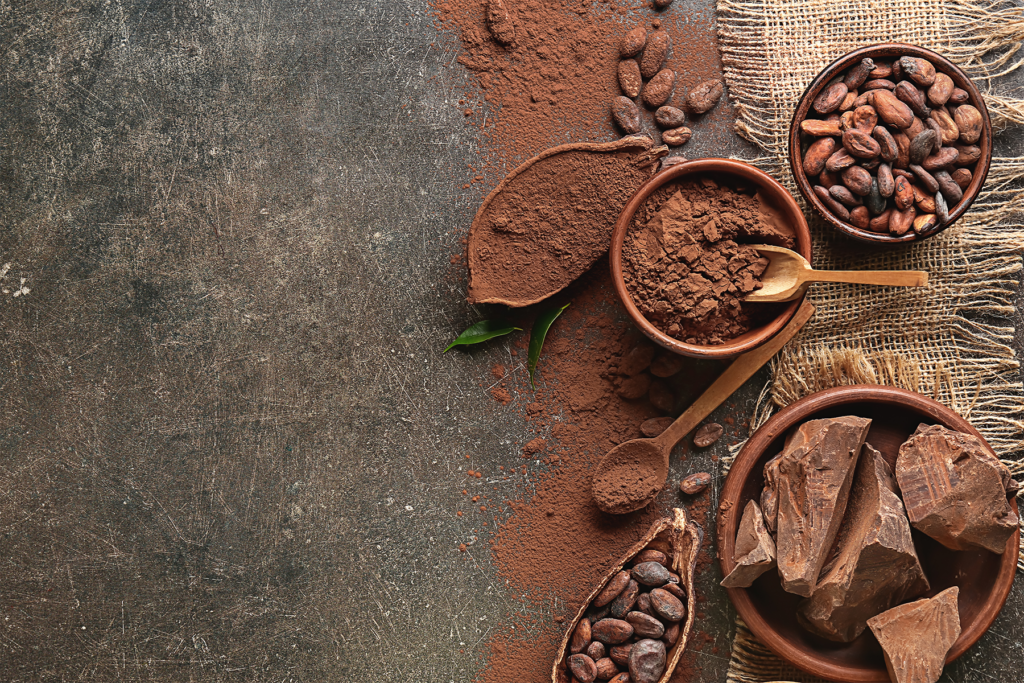You can thank the Spanish for your s’mores.
Unbeknownst to most, chocolate was first introduced to North America by traveling merchants who brought cacao to St. Augustine all the way back in 1641.
A Spanish ship knows as the Nuestra Senora del Rosario y el Carmen unloaded entire crates of the alien product onto the colonial town’s shores after it had been damaged in a hurricane, according to a University of Florida press release.
The Gainesville school will now use a $14,000 from the Forrest E. Mars, Jr. Chocolate History Grant to create a new “chocolate-centered” exhibit at the Governor’s House Cultural Center and Museum that will unfurl this little known facet of St. Augustine history.

“Any time I talk to someone about this topic, they have no idea that chocolate came in through St. Augustine,” said Clarissa Carr, Ph.D., a research assistant professor in the College of Design, Construction and Planning at UF. “I don’t think there’s ever been a full exhibit in the Governor’s House based on the history of chocolate, so I think it will be a good way to bring people to this building and share the chocolate history but also the history of the program in St. Augustine.”
The project will document The Old City’s role in the confection’s emergence as one of North America’s most popular indulgences.
“The multimedia experience will use audio snippets, text, and photographs to educate spectators about the region’s chocolate history,” according to the release.
Carr is one of three UF leaders spearheading the project, along with Cleary Larkin, Ph.D., an assistant professor in the College of Design, Construction and Planning, and Laura Douglass Marion, the collections coordinator for the Governor’s House Library.
“I first put together the proposal on writing about the introduction of chocolate to the United States through St. Augustine,” Carr said. “Some of my other passions and areas of expertise are graphic design and exhibit design, so I was like, ‘Let’s design an exhibit.’ I can do that.”
The exhibit will open to the public in early December.
